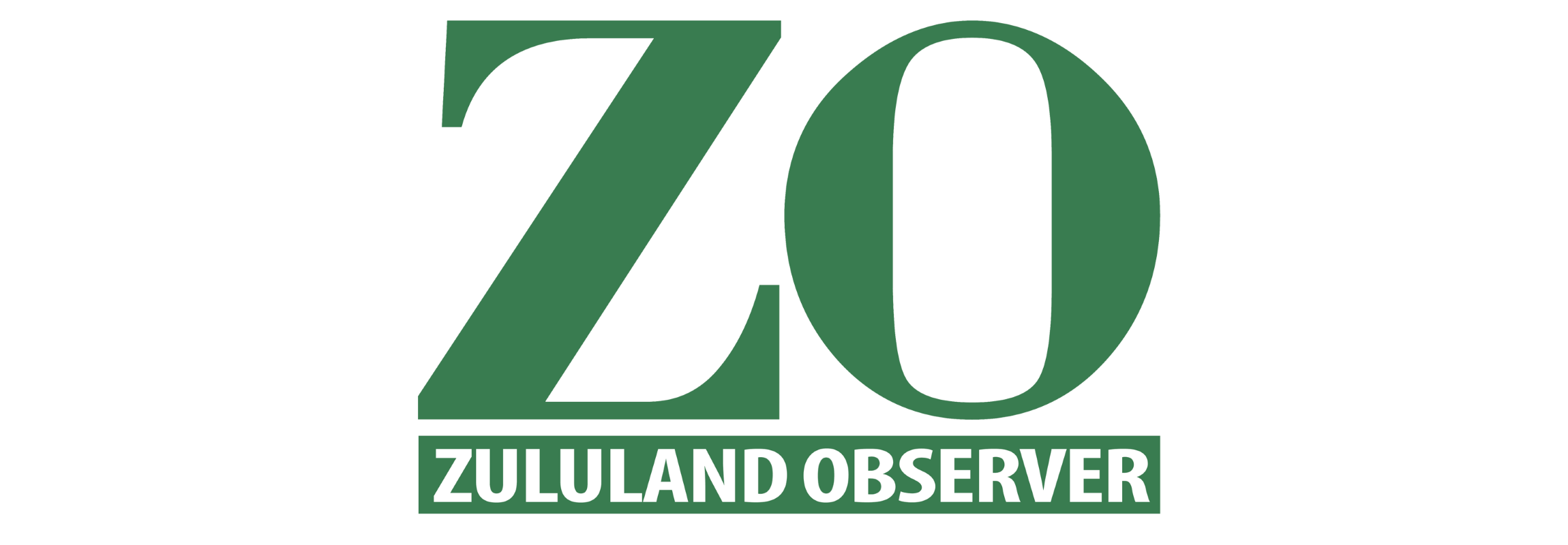Heading towards the last drop
The Department of Water and Sanitation (DWS) last week spelled out in blunt terms the reality of the drought situation.

The message simply does not seem to sink in: we have almost zero water left.
In fact, some parts of the region are already at that point.
The Department of Water and Sanitation (DWS) last week spelled out in blunt terms the reality of the drought situation.
They will be raising the water restrictions from Level 3 to Level 4 in March.
For the City of uMhlathuze, this may come sooner as they – we, in fact – have not yet achieved the Level 3 (30% reduction) target.
Speaking at a Water Crisis Task Team meeting last week, the DWS engineer responsible for the monitoring and allocation of water supplies was both blunt and frustrated about the apparent apathy regarding the catastrophe that awaits us unless water consumption is cut drastically.
Agriculture and industry have complied thus far and have achieved and even exceeded their reduction goals.
But domestic consumption remains virtually unchanged as we continue to use and waste water as though there is ‘plenty more where that came from’.
There isn’t and we had better get the message loud and clear.
By the end of the year the level of the Goedertrouw Dam, the region’s prime water source, will – unless there is meaningful rainfall, stand at just 6% of its capacity.
To all intents and purposes, given the silt on the bottom of the dam, it will be empty.
Citizens need to visualise ourselves standing in queues waiting for water trucks to deliver and sparingly ration out a few litres for our daily consumption.
That’s the reality.
And yet, daily we witness people washing cars, filling swimming pools, hosing down pavements, watering gardens and cleaning roofs.
These are luxuries we cannot afford.
It does not help that the municipalities set a poor example, watering sports fields (which we know are assets that need to be maintained) in the heat of day when 80% will be lost to evaporation.
It also does not assist when the public is not properly advised how to decrease their consumption.
By this, we do not mean water saving tips, but figures and targets to achieve.
From what base is the 30% or 40% reduction calculated?
Give it to us in litres, and spell out the penalties for failing to reach the required savings if we do not discipline ourselves.
People, we have reached the bottom of the barrel.
Take this seriously. Treat it as urgent.
We are swiftly heading towards the last drop.


